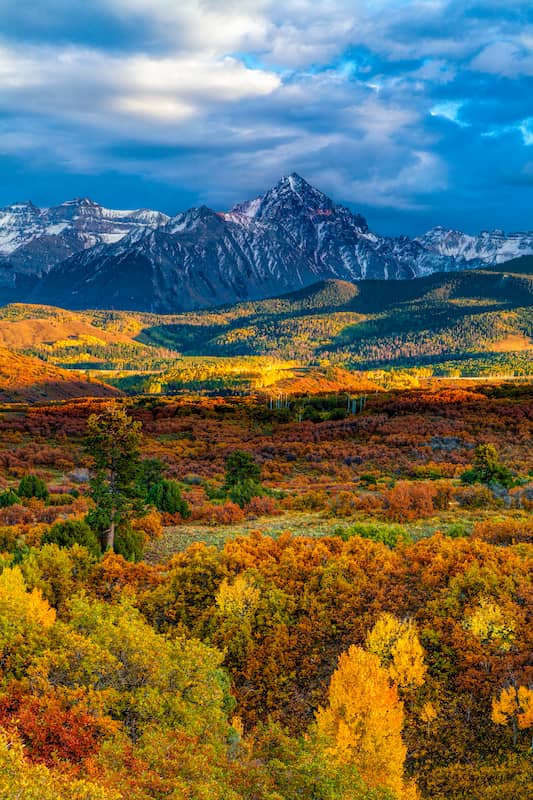When seasons change, the colors of our inner world change too – how does this change affect our mood?
Each new season brings a unique sensation, exposing us to different sights and temperatures. We all have our favorite seasons and our own reasons why we cherish them.
The effects of a season change on humans have been well-documented throughout history. Let’s look at how each season’s different colors can make us feel throughout the year.
What Are the Colors of the Seasons–and How Do They Affect Us?
Seasonal changes happen at different times in cities around the world, but they often make the world feel brand new when they arrive. Don’t be surprised to notice these changes as the seasons drift by.
Spring
The season of spring is a time of rebirth and great change. As the cold of winter with its bleak feeling gives way to the sweet warmth of spring, many of us are ready to welcome the most colorful season of the year. Spring brings new growth and flowers of all shades, filling us with hope and optimism as we leave behind the winter blues.
Summer
Summer is an inviting season that brings us sunlight and plenty of warmth. While summer can bring us the beautiful blues of lakes, rivers, and seas, it can also be hard on our senses with the heat and humidity that accompanies it in certain parts of the world. The yellows of the sun can be warm and inviting, but we may also feel drained and want to cool off in the shade. Fortunately, summer also gives us plenty of extra daylight hours to soak up that beautiful sun.

Fall
As fall arrives, the warmth of summer fades, and the cool air begins to blow in. Each new day, more leaves change, turning from vibrant greens to rich yellows, oranges, and reds. In parts of the world, this foliage can be breathtaking and fill our souls with joy and warmth – Mother Nature’s way of preparing us for the cold of winter. We may find ourselves retreating inside more, but the beautiful colors can always lift our spirits.
Winter
In winter, the world grows quiet, darkening and signaling hibernation to animals–humans included. We may find that our moods are lower in this season, encouraging us to stay warm and close to the people we care about. Colorful flowers can still be seen but the trees are normally without leaves and there is a certain bleakness in winter. If we learn to use this season as a time for rest, rest, we can prepare ourselves for yet another season of growth. Instead of feeling down or tired, we can use this time to prioritize our comfort, take part in indoor activities, and let the quiet of winter restore our spirits.
To Conclude:
As the seasons change, we change too. New colors cover our world, and we can often find ourselves adapting to the moods of the seasons!





